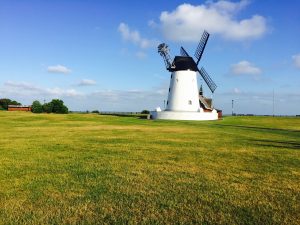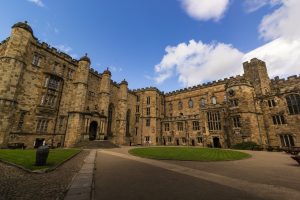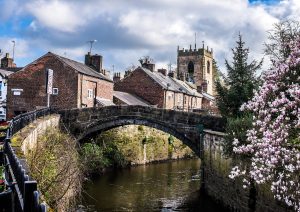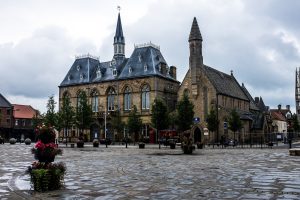
Accrington
About:
Accrington is a town in the Hyndburn borough of Lancashire, England, nestled in the North West of the country between Blackburn and Burnley. With a population of around 35,000, it has a strong industrial heritage and is best known for producing the world-famous Accrington brick — a particularly strong engineering brick used in landmarks like the Empire State Building and the Blackpool Tower.
The town rose to prominence during the Industrial Revolution, becoming a hub for cotton and textile manufacturing. Its growth was fueled by the development of mills, railways, and coal mining. This legacy is still visible today in its architecture and layout, with rows of stone terraced houses and old mill buildings scattered across the area.
One of Accrington’s proudest claims is its football history. Accrington Stanley Football Club, while small, is one of the most famous lower-league football clubs in England due to a mix of tenacity, history, and a memorable advertising campaign in the 1980s. The club plays at the Wham Stadium and continues to be a focal point for the community.
The town centre has undergone regeneration in recent years, with the restoration of the historic Victorian Market Hall and the redevelopment of the town square, which now hosts regular events and markets. Nearby, the Haworth Art Gallery houses the largest collection of Tiffany glass in Europe, attracting both art enthusiasts and tourists.
Accrington also enjoys proximity to scenic countryside. The surrounding Pennine hills and local nature reserves like the Peel Park and Coppice offer walking trails and panoramic views. Despite facing economic challenges due to the decline of traditional industries, the town maintains a strong sense of community and resilience.
Educationally, Accrington is served by several secondary schools and Accrington and Rossendale College, offering vocational and academic courses to local students.
Today, Accrington blends its industrial past with modern development efforts, striving to preserve its identity while adapting to the needs of a changing population. Its proud heritage, community spirit, and location in the heart of Lancashire make it a town of unique character and enduring appeal.










